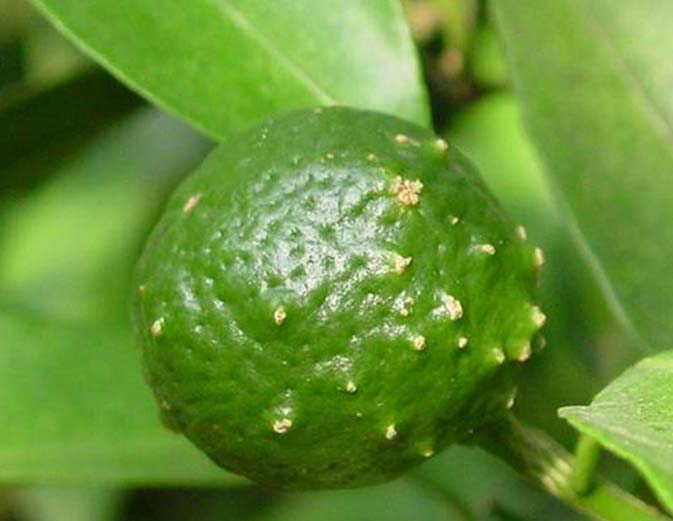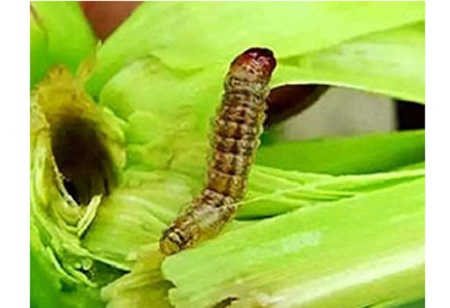
PADAN® Dinotefuran 10%+Pymetrozine 40% 50%WDG Insecticide
Product Introduction
Product Feature
Product Feature
Advantage
This agriculture insecticide has fast effects. The scientific blending of pymetrozine and dinotefuran of the agent can immediately block the needle-like mouths of rice planthoppers the moment they contact it and stop them from feeding.
It has high insecticidal efficiency and low toxicity to plants, with characteristics of killing insects by contact, causing gastric toxicity and having strong translocation and conductivity.
It has a unique mode of action and is effective for killing insects in different stages including nymphs, larvae and adults.
It has good enduring effects in controlling rice planthoppers.
Applicable Crops
Rice, cotton, vegetables, fruits, etc.





Targets
It can be used to control most Homoptera pests, especially aphids, whiteflies, leafhoppers and planthoppers.





Dinotefuran 10%+Pymetrozine 40% 50%WDG Insecticide Uses and Recommendations
| Crop | Targets | Dosage | Application method |
Rice | Rice planthoppers | 180-240 g/ha | Spray |
| Rice | Striped rice stemborer | 180-240 g/ha | Spray |
Ornamental chrysanthemum | Aphids | 165-210 g/ha | Spray |
1. When using this product to control rice planthoppers, use at least 2 buckets of the solution (30 kg) for per mu (666.7m2) of land in the peak egg hatching period or the peak early instar larval stage of pests. Spray the drug evenly and thoroughly on the crop, especially on the lower part of the rice.
2. Improve the effects of the product by maintaining a shallow layer of water in the field. Increase the dosage appropriately in regions of high drug resistance.
3. The safety interval for the application of this product on rice is 21 days, and it should be used once at most in each growing season.
4. Do not apply it on windy days or when rainfall is expected within 1 hour.
Cautions
Avoid mixing with alkaline agents during application.
It is recommended that pesticides with different action mechanisms be used in rotation.
This product is highly toxic to bees and silkworms and toxic to trichogrammatidae and aquatic organisms such as fish. Therefore, during application, pay attention to avoid affecting the surrounding bee colonies and do not use it in the flowering period of the surrounding flowering plants or near silkworm rooms and mulberry orchards.




























